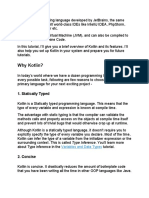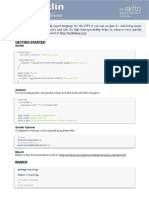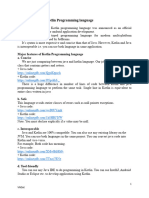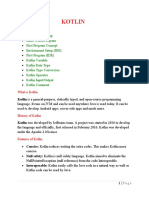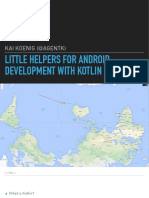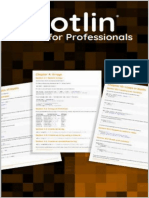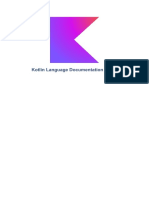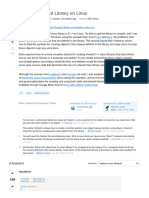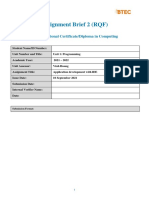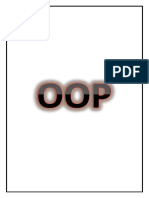0% found this document useful (0 votes)
24 views46 pages2.introduction To Kotlin
2.Introduction_to_Kotlin
Uploaded by
money120994Copyright
© © All Rights Reserved
We take content rights seriously. If you suspect this is your content, claim it here.
Available Formats
Download as PDF, TXT or read online on Scribd
0% found this document useful (0 votes)
24 views46 pages2.introduction To Kotlin
2.Introduction_to_Kotlin
Uploaded by
money120994Copyright
© © All Rights Reserved
We take content rights seriously. If you suspect this is your content, claim it here.
Available Formats
Download as PDF, TXT or read online on Scribd
/ 46




